Lensbaby Sol 45 & 22 Review – Fun With a Tilt Shift Lens
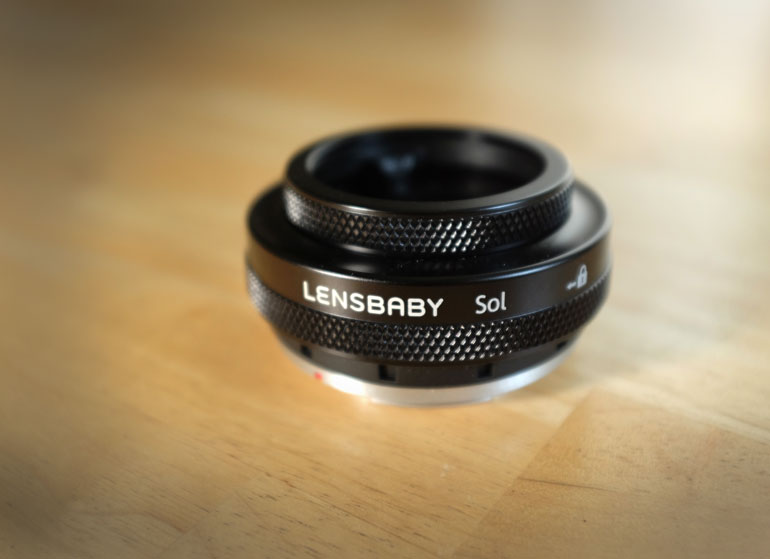
Lensbaby has introduced a new line of tilt shift lenses, called Sol 45 and Sol 22, which aim to please photographers and video shooters working with a wide assortment of cameras.
For our review, we took the Lensbaby Sol 45 on a casual walk around the neighborhood university, attached to our Canon 1DX mkII. Did the Sol 45 tickle our creative juices?

Surprisingly, yes it did! It’s been a few years since we used a tilt shift lens, so picking up the Lensbaby Sol 45 gave us a feeling of refreshed interest in capturing the life around us. It’s been a long time since carrying around a camera gave us a feeling of whimsy and joy, and a desire to push a tool to its edge for more creative results.
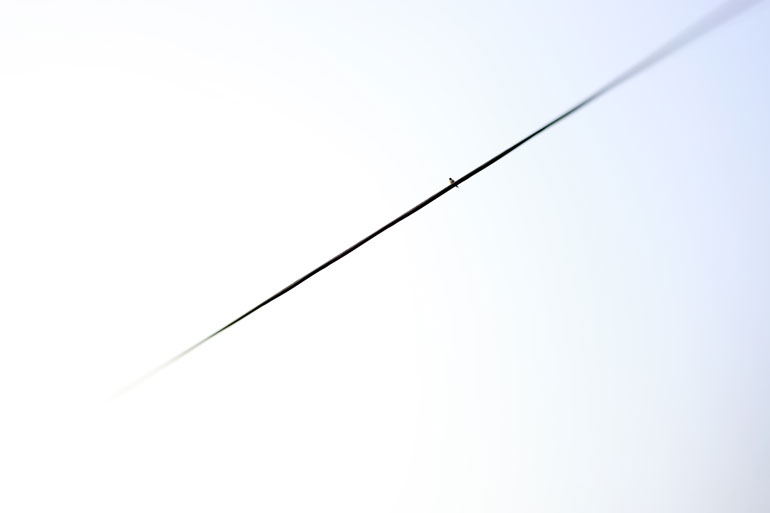

Lensbaby Sol 45 and 22 Tilt Shift Lenses Overview
Lensbaby has become the premiere third party tilt shift lens manufacturer, based out Portland, OR. They started making nearly 15 years ago, as a way of bringing back organic creativity and emotion into digital imagery.
Since their founding, Lensbaby has designed and released a lot of unique lenses, each of which are suited for different applications like food and product photography, portraits, architecture, and street photography.
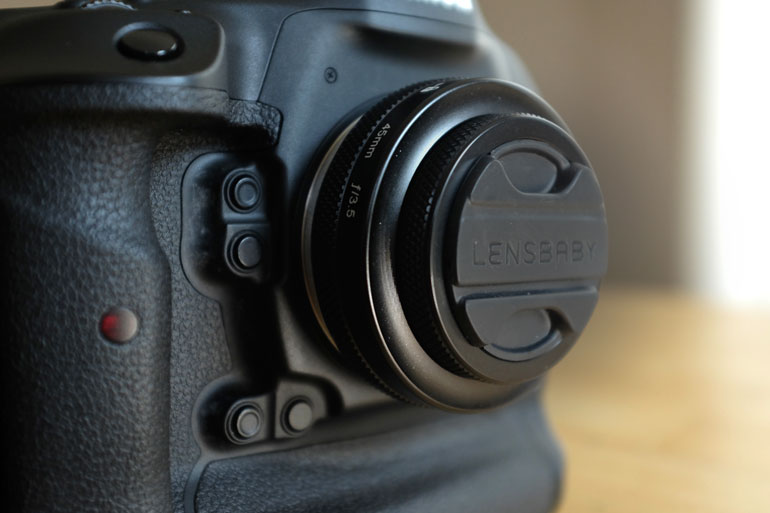
The Lensbaby Sol 45 is compatible with Canon EF, Sony E and A mounts, Pentax K cameras, Nikon F mount, and Fuji X cameras. Each mount is identical in price. Here’s a link to all of them at B&H Photo.
The Sol 45 lens has a metal body with full manual control (of course). It has a focal length of 45mm and a fixed f/3.5 aperture, an 8.5 degree tilt, 14 inch minimum focus distance, a filter thread of 46mm, and it’s made out of 3 elements in 2 groups, weighing 9.6 oz.
The Sol 22 lens is similar to the 45, except it has a 22mm focal distance and is compatible with Micro 4/3 mounts in Panasonic and Olympus cameras.
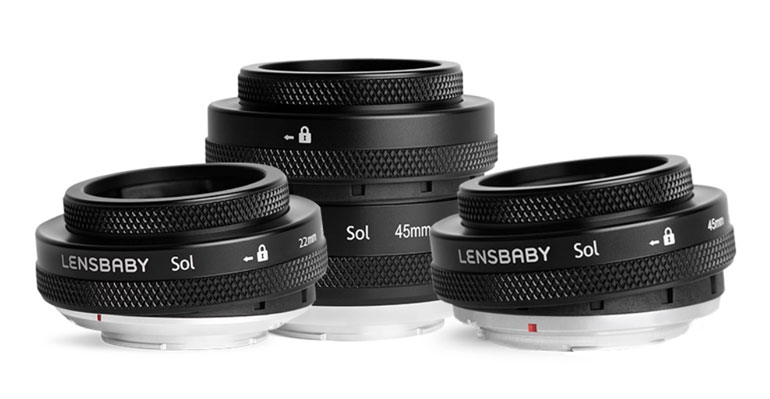
Tilt Shift Lenses
At a basic level, tilt shift lenses can help photographers expand their creativity, with a particular image effect that’s hard to replicate with a Photoshop filter. The circular area in the center of the lens remains sharp, while the surrounding area transitions to smooth blur and bokeh.
This effect is different than using a lens with a wide aperture like f/1.2. With a normal lens, you can only achieve a distinct seperation of objects with depth of field if you physically move closer to your foreground – or shoot with a telephoto lens.

So if your subject is very close to the camera, then you can get that velvetty blurry bokeh in the background. But if you’re framing an image where all your objects are a few feet away from you, it’s a lot more difficult to isolate an object in the frame, distinguish it as the primary foreground, while pushing nearby objects into a blurry background element.
For example, in architecture photography, if you’re taking a photo of a building, a tilt shift lens enables you to highlight precisely what you want to be the center of focus.


Lensbaby isn’t the only manufacturer of tilt shift lenses. In fact, you can find tilt shift lenses from Canon, Nikon, and other primary and third-party manufacturing companies. But there’s a huge difference in cost for a Lensbaby lens versus Canon’s versions, which costs several thousands of dollars.
If you’re a professional photographer who uses tilt shift effects in your day to day operations, then sure, it makes sense to get the best you can afford for your business. However, for the rest of us who simply want to dabble in tilt shift photography once in a while, something like the Lensbaby Sol is affordable enough that anyone could give tilt shift photography a try, without a big investment.
Reviewing the Lensbaby Sol 45 was quite fun
Whether you’re taking photographs for fun or for a client, the Lensbaby Sol tilt shift lenses can add an element of creativity to your work that brings out your deep passion for photography, no matter how buried it is. Did it infuse us with a jolt of freshness?
On our walkabout, we found that the Sol 45 did actually bring out an element of play and whimsy, with both family as subjects but aslo passerby and friends we met along the way. Everyone who took a picture with – or posed for a portrait – was gitty with joy when seeing the results.
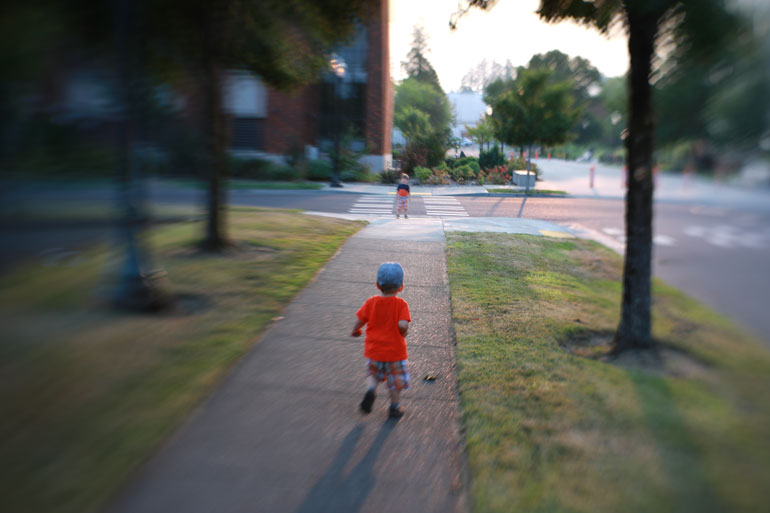

It’s usually not that fun to take out a big camera like the Canon 1DX mkII for a walk around the neighborhood streets with family. After all, we use our pro equipment for paid work, so sometimes it feels like we’re extending our work day by bringing along pro video and photography equipment on personal excursions.
But the Lensbaby Sol 45 erased any feelings of dread with carrying around a big camera. All that faded quickly and we were passing along the camera around, merrily taking photos of anything and everything that passed along our way.


People did stop and wondered what we were doing, since it’s not everyday you see someone walking around with a large DSLR, taking pictures inches away from flowers. But when we showed them some pics that the Lensbaby took, strangers quickly became friendly and wanted to know more about this effect, which also made them interested in getting their picture taken with the lens, or even picking up the camera and trying it out themselves.
Most people who haven’t held a 1DX before are very intimidated by it – but the fun of a Lensbaby lens overcame people’s nervousness about handling a large and heavy camera.
Using the Lensbaby Sol 45
There is not much difficulty in using a Sol tilt shift lens, but Lensbaby has also gone to great lengths to market just how easy it is to shoot with the Sol. Tilt the lens, focus on your subject, and shoot. That’s it!

Since the Lensbaby Sol is a fixed aperture lens, you have to choose shutter or ISO (or both) as your exposure adjustment. For our walkabout, we set our shutter to 1/200 so we could quickly capture people on the move, and then we toggled ISO up and down when the lighting changed.
The most difficult part of using the Sol 45 was in nailing the focus. It’s all manual focus, of course, and the focus throw is quite short. That allows you to quickly adjust focus, but it also makes it more difficult to get exactly the part of the subject you want inside the spot of focus, especially for moving subjects!
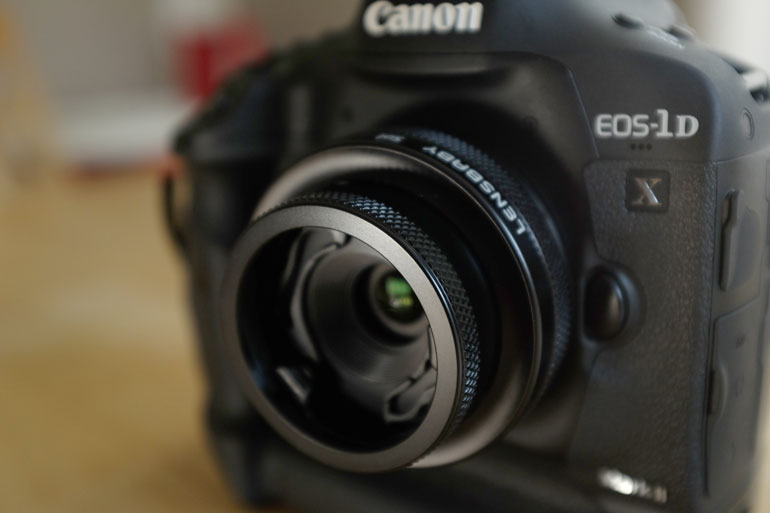
And if you have two subjects or you want to capture a larger part of the scene in focus, you can’t do much except move back. You have to choose what becomes the center of your focus.
That’s the beauty of a tilt shift lens and why many like to use it as for miniature faking. That’s when you use a tilt shift lens to make a real scene look like a diorama made of miniature toy subjects and objects. Focusing on only one part of the frame is what makes this effect possible.
The Lensbaby Sol 45 and 22 also feature two bokeh blades, which can be moved in front of the lens to add subtle effects and texture to the bokeh. They are easy to deploy or move aside if you don’t want to use them.
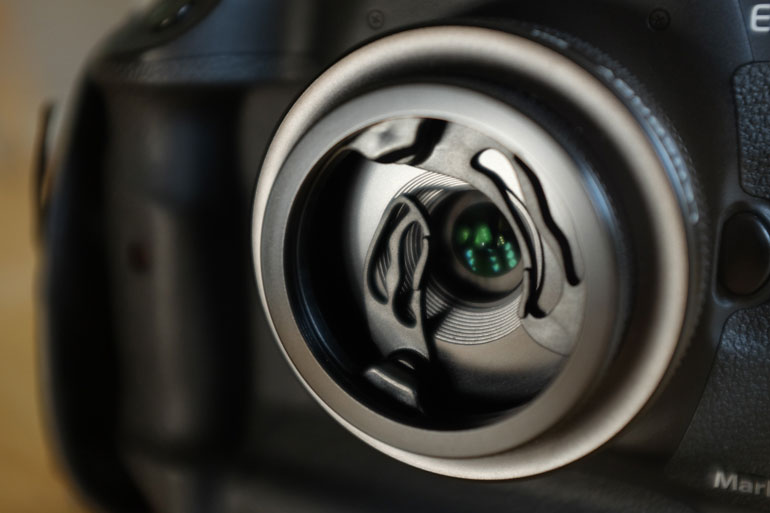
Lensbaby Sol lenses for video
If you wanted to inject a little variety in your next video, the Lensbaby Sol 45 or 22 would be an easy and fun little experiment. For example, you could setup a camera with a Lensbaby at a sporting event, where subjects come in and out of the spot of focus even while your camera remains static. Or you could use it for a distinct opening sequence, narrowly focusing on objects in someone’s home or office, giving the viewer a glimpse into the life of the video’s subjects.
Even in a documentary or corporate video, when your subject is talking about something abstract that is impossible to capture in the present, using a Lensbaby tilt shift lens would enable you to illustrate the scene in a dream-like way, without having to resort to very FX-heavy post production that takes away from a video’s authenticity.
But the most likely way to use a tilt shift lens in video is with a timelapse. The miniature effect is made even better when a scene is sped up. That’s a great way to turn the real world into a claymation or toy-like scene. We’ve seen big budget and local commercials use the miniaturization effect to turn a standard commercial into a fun and interesting (and different) visual story.
If you’re interested in learning more about the Sol tilt shift lenses or seeing about more creative uses from pro photographers and video shooters, Lensbaby has a nice webpage dedicated to the Sol line: https://sol.lensbaby.com
Conclusion
The Lensbaby Sol 45 and 22 are both superb new additions to the Lensbaby line of third party lenses, and they work with just about every kind of camera mount out there.
Will they completely transform your photography or videography? Well, maybe, you never know until you try tilt shift lenses to see if they’re something you really respond to. It’s way different shooting with one physically, than applying an effect in post. Seeing the tilt shift effect inside the camera while you’re framing the world is entirely more resonating with your creative juices than batch editing a bunch of already-taken pictures.


You do interesting things when you’re shooting with a tilt shift lens. You start to experiment with dutch angles. You follow insects and bees around. With people as your subjects, you end up laughing together.
You’ll find yourself jumping up to grab a picture, or laying down on the ground, looking up at a subject. All of that becomes normalized and part of the joy of using a tilt shift lens – because hey, this is something different, and so you act different.
More than likely, however, those moments will fade away as you go back to the standard way you approach your photography and videos. But by having the Lensbaby Sol 45 or 22 in your toolkit, you know that on any shoot or production, you have the ability to quickly change the mood and vibe of the crew, your subject, and your own perspective, just by throwing a whimsical lens on for a few shots.
Lensbaby Sol 45 and 22 –Find all the lenses at B&H Photo